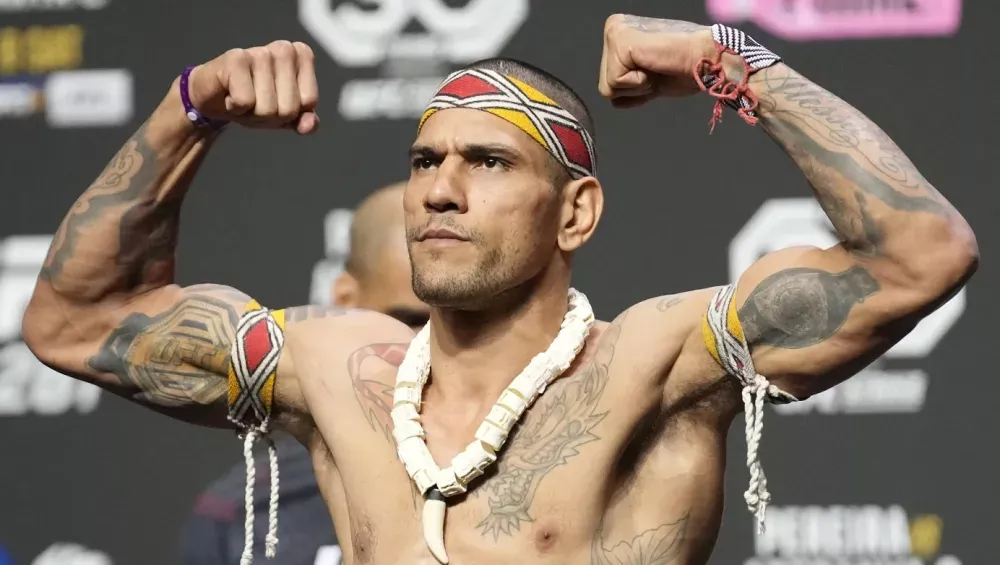
Three letters — UFC — are once again on the verge of a big, adventurous storyline. Alex Pereira instantly reclaimed his light heavyweight throne by stopping Magomed Ankalaev in a minute and a half, and immediately set his sights on a historic supercard at the White House — for a heavyweight debut against Jon Jones. Suddenly, Khamzat Chimaev bursts into frame: the middleweight publicly says he is ready to go to heavyweight and calls out Pereira for a fight with no weight cut. Fantasy? Or a project that can be brought all the way to the Octagon?
The White House and Pereira's Heavyweight Plans
“Poatan” moving to heavyweight isn’t improvisation from scratch. After winning the middleweight title, he smartly added mass for light heavyweight, and today his dimensions already brush the lower edge of the heavyweight class. At 193 cm tall with an off-season weight in the triple digits, he has the base to make the limit without distress. But making the limit is one thing; competing with natural heavyweights is another. Against athletes like Tom Aspinall or Alexander Volkov, the difference in density and a frame’s carrying capacity will inevitably show.
Why Dana White Is Pumping the Brakes
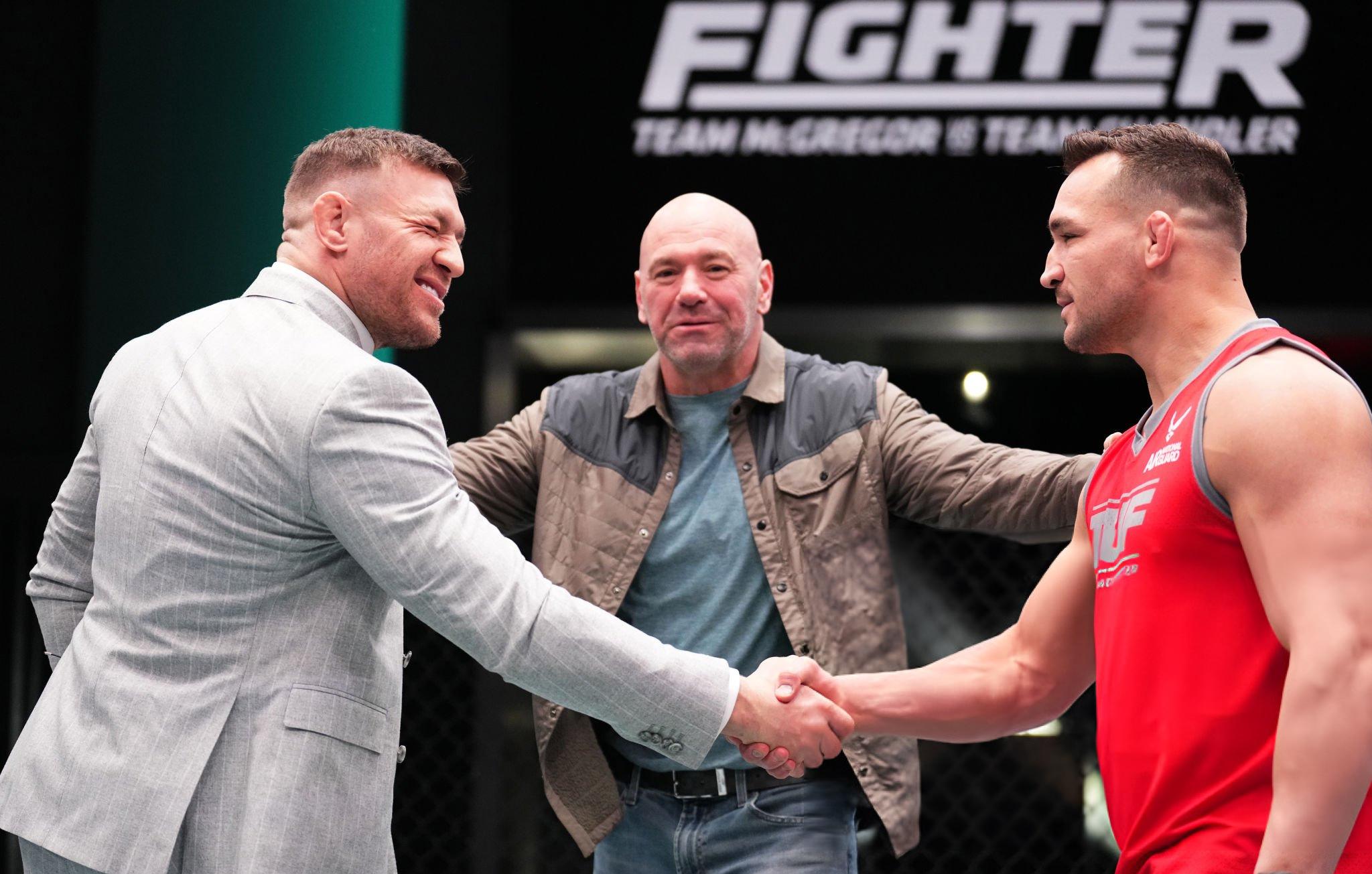
The UFC boss already has a baseline plan for a White House supercard — and he clearly reserves the main billboard for Conor McGregor vs. Michael Chandler. Investing in a parallel Jon Jones comeback is risky: the scrapped arrangements with Aspinall eroded the credit of trust. In parallel, White has cooled Pereira’s enthusiasm more than once: jumping two divisions isn’t boxing; you can’t sprint up the ladder. And the light heavyweight champ already has plenty of challengers right now.
The Light Heavyweight Queue: Business Unfinished
Even if we set aside big-bill politics, competitive logic still speaks. A live option is a trilogy with Jiri Prochazka. Nearby is Carlos Ulberg’s powerful surge with a long win streak. For the UFC these are clear, box-office-friendly, and easy-to-organize fights. From Pereira’s career standpoint, they’re safer than a heavyweight adventure while keeping the division’s interest burning.
Scene Two: Chimaev Raises the Bar
Khamzat Chimaev adds spark to the plot. His formula is simple: if Pereira wants a “heavy” marquee, let’s build it together. Unlike Jones — who is more of a ticket to legend for Pereira — a fight with Chimaev gives Alex both money and stylish sporting substance: a pure collision of world-class kickboxing and elite wrestling. The marketing is there too: Khamzat is one of the roster’s most talked-about names, and that converts directly into interest in the card.
The Physics of It: Who's Truly Built for Heavyweight
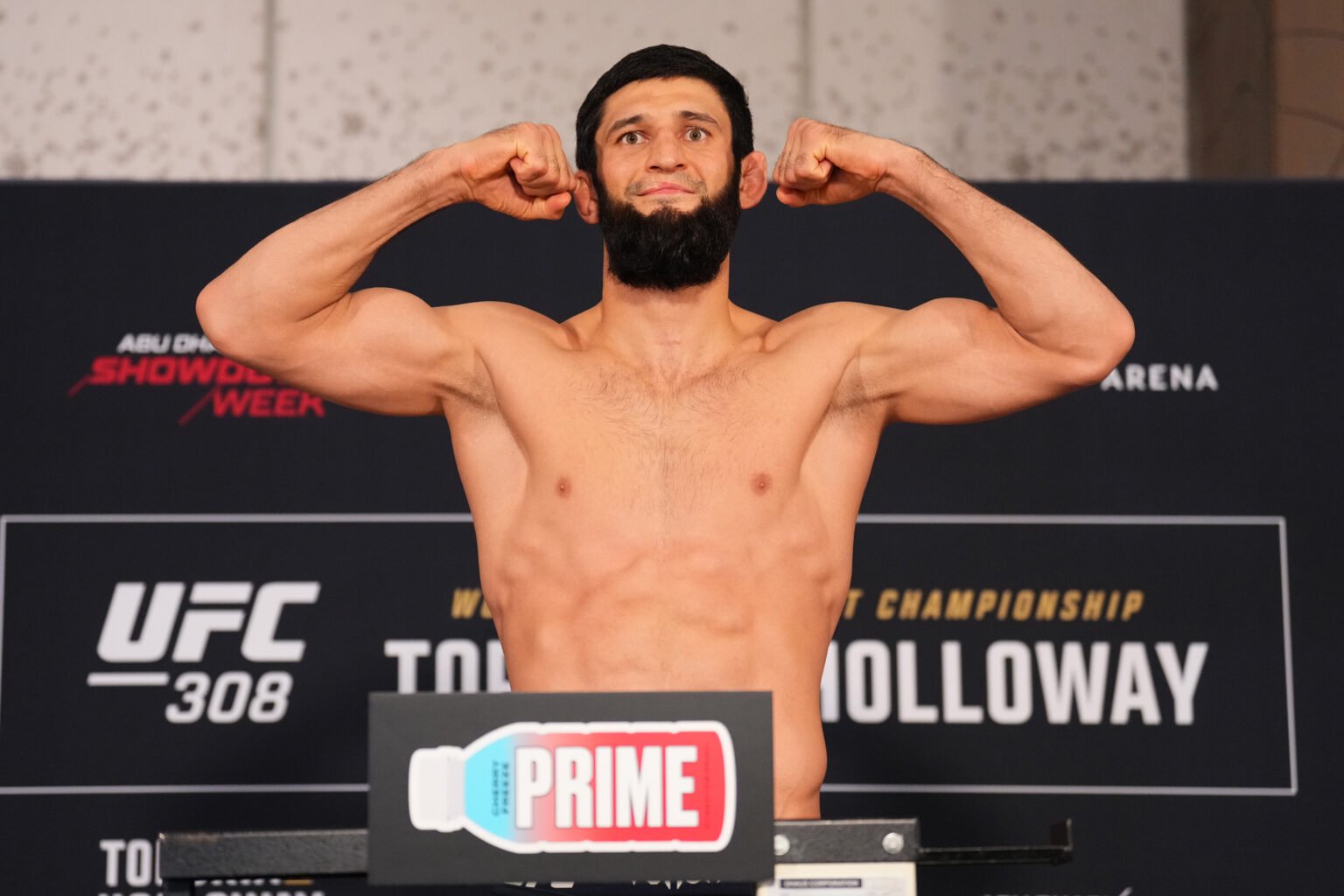
Pereira could debut at heavyweight “tomorrow,” but to attack the top five he would need the same methodical, high-quality mass build that Jones used preparing his return. We’re talking months of strength work, adapting to heavyweights’ pace, and to their pulling power in the clinch.
For Chimaev, the task is tougher. Historically he has competed at welterweight and middleweight, and to live comfortably at heavyweight he needs not just +15–20 kg on the scale but a muscular framework capable of absorbing exchanges with 115+ kg opponents. A cold jump past light heavyweight is high risk: rhythm, cardio, and strike biomechanics all change.
Historical Lessons: Not All Ladders Are the Same
The UFC has seen both scenarios. Jared Cannonier went from the top down and blossomed at middleweight. There are “generalists” who changed divisions across a career — like BJ Penn or Diego Sanchez. But a two-way street often punishes the impatient. McGregor is a vivid example of skipping a rung: from a title run at featherweight straight to welterweight against Nate Diaz — and a choke in the second round in return for overconfidence and a different pace.
What Insiders Say: A Plan with an Intermediate Stop
Common sense suggests a stepwise route: first settle at 93 kg — not for one bout, but for a season to a season and a half — bring the working weight to ~107–108 kg, and acclimate to heavy contact with big opponents. Only then test the heavyweight limit. This timeline lowers injury risk, gives the body time to retool, and turns the experiment into a career strategy rather than a PR stunt.
Matchup of Dreams: Kickboxer vs. Wrestler
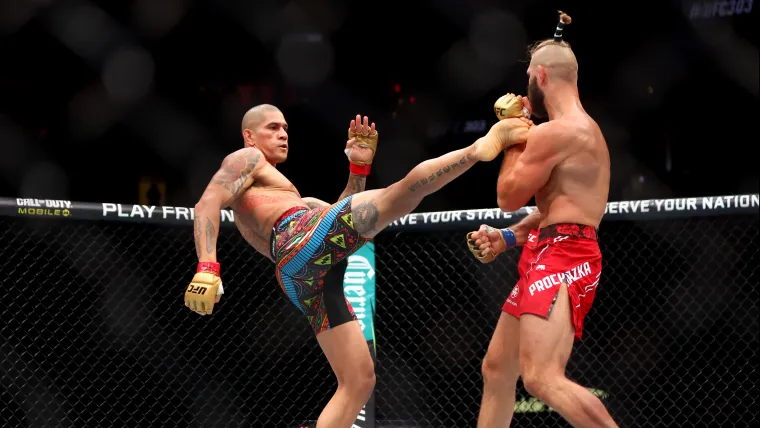
In pure tactical terms, Pereira is about as threatening a striker as you can hand a pressure wrestler. His jab, low kicks, and intercepting knees sap the desire to shoot from anyone who doesn’t set up entries with an ankle pick and smart feints. Chimaev is exactly the type who cuts angles, takes the center, and forces contact along the fence. If the fight moves to the clinch and the mat, the edge belongs to Khamzat: control, takedowns, grappling transitions. If the distance holds at mid-range, every minute works for Alex: timing, power, and the experience of big-night stages.
Why the Fight Is Still in Doubt
Even with mutual willingness, three blockers remain. First — the calendar and promotion priorities: the White House card will likely have one primary headliner, and it seems Conor will take that slot. Second — the league’s skepticism toward Jones and toward Pereira’s “double jump” idea: there are light heavyweights who can’t be ignored. Third — health and preparation: to keep a heavyweight fight from turning into an exhibition spar, you need a full camp tailored to the new weight.
Verdict: Possible — Yes; Fast — Unlikely
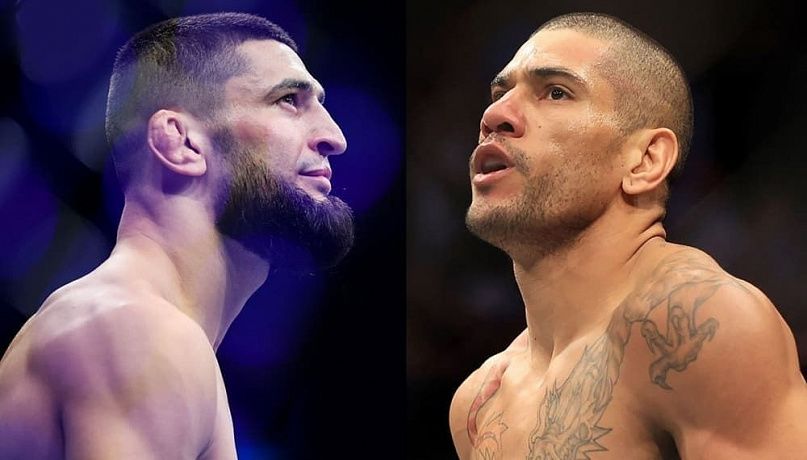
A Pereira–Chimaev super fight at heavyweight looks like a rare case where spectacle and sporting meaning truly align. It would be a nod to early-era MMA, when styles collided head-on and weight classes bent to an idea. But to make the dream tangible, both sides must accept unpopular decisions: Alex — to freeze life at light heavyweight and commit to dense strength prep; Khamzat — to live a phase at 93 kg before raising the bar. Otherwise, it’s either risking health or settling for a “poster-only” matchup.
The “Pereira vs. Jones” scenario is even less predictable today: in business and trust terms, it loses to more straightforward, reliable plans. Thus the most realistic path for the next year is Alex defending his throne at light heavyweight and Khamzat mounting an intermediate push at 93 kg. If both pass that route without stumbles, by the summer of 2026 a heavyweight discussion may no longer be a fantasy. For now, it’s a beautiful idea that keeps the MMA world sharp — and makes everyone count not only kilograms but timelines.








